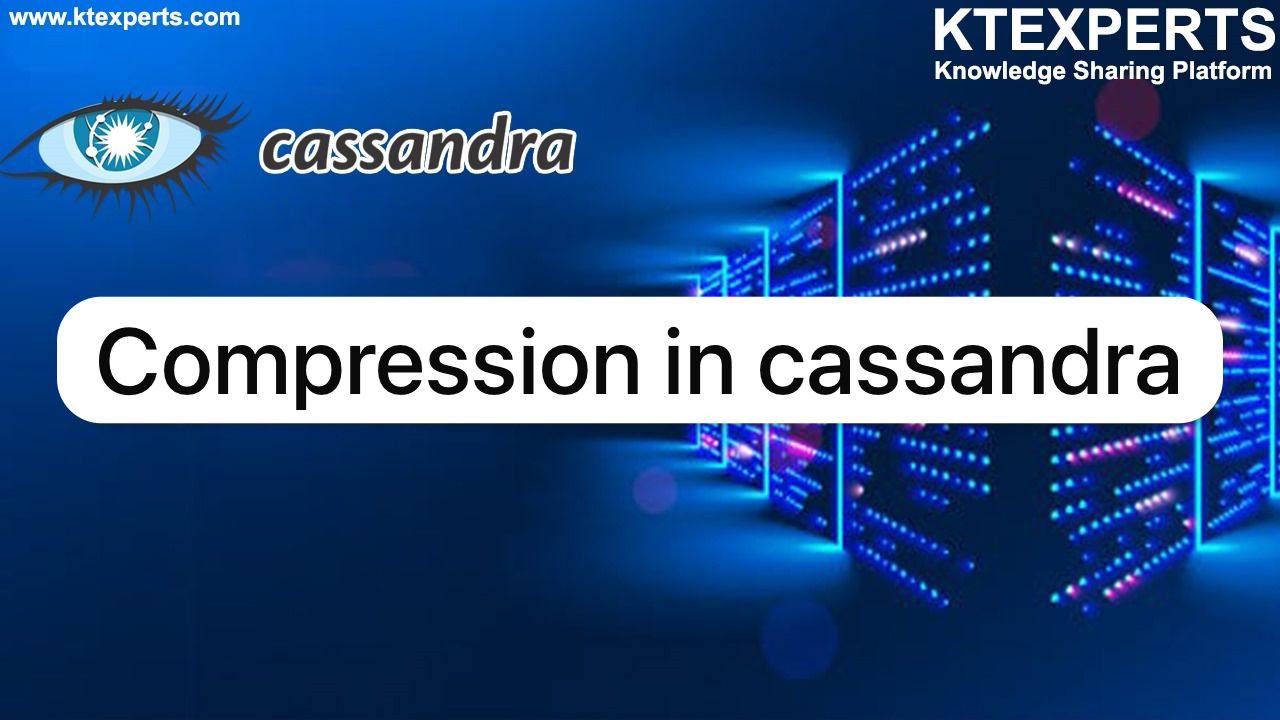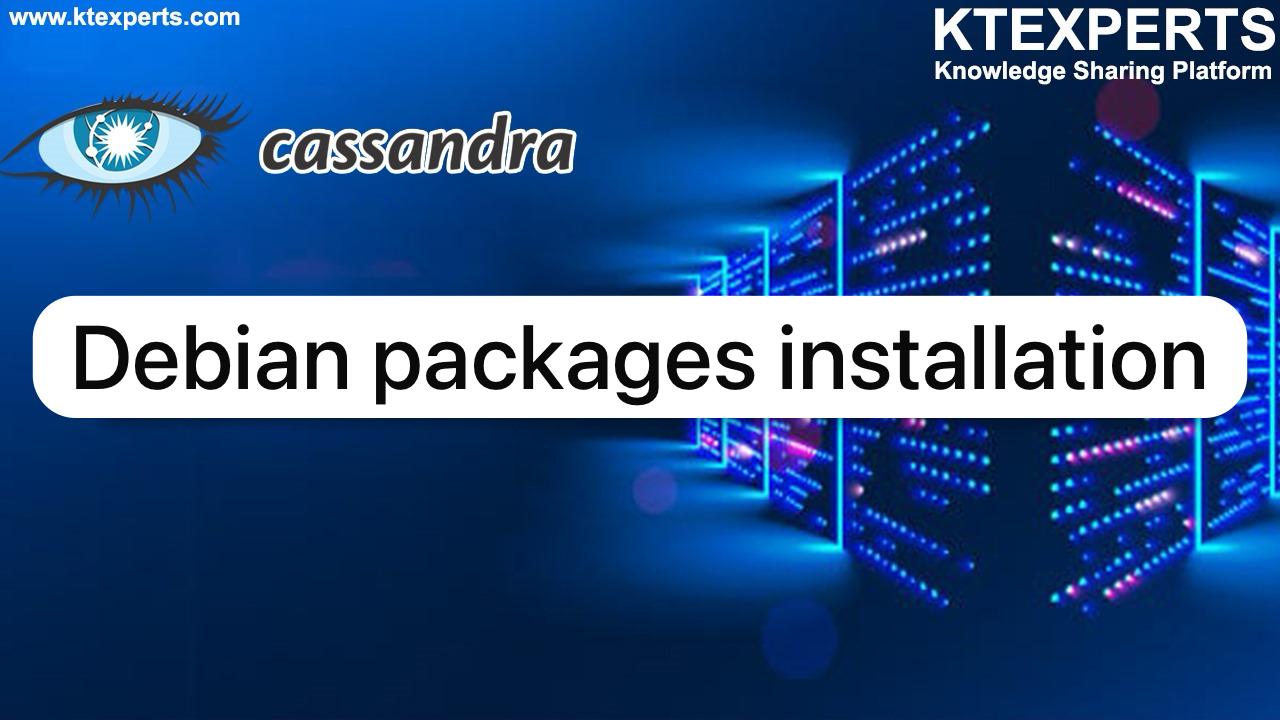Dear Readers,

There are four general types (most common categories) of NoSQL databases. Each of these categories has its own specific attributes and limitations. There is not a single solution which is better than all others; however there are some databases that are better to solve specific problems. To clarify the NoSQL databases, let’s discuss the most common categories:
Wide Row Store:
Also known as wide-column stores, these databases store data in rows and users are able to perform some query operations via column-based access. A wide-row store offers very high performance and a highly scalable architecture.
Examples: Cassandra, HBase, and Google BigTable.
Key-value stores:
These NoSQL databases are some of the least complex as all of the data consists of an indexed key and a value. Designed to handle huge amounts of data, they allow developers to store schema less data. In the key-value storage, database stores data as hash table where each key is unique and the value can be string, JSON, BLOB (basic large object) etc. and a key may be strings, hashes, lists, sets, sorted sets.
Examples: Amazon DynamoDB, Riak, and Oracle NoSQL database.
Document oriented:
Expands on the basic idea of key-value stores where “documents” are more complex, in that they contain data and each document is assigned a unique key, which is used to retrieve the document. These are designed for storing, retrieving, and managing document-oriented information, also known as semi-structured data.
Examples: MongoDB and CouchDB.
Graph:
Designed for data whose relationships are well represented as a graph structure and has elements that are interconnected; with an undetermined number of relationships between them.
A graph database is a collection of nodes and edges. Each node represents an entity (such as a student or business) and each edge represents a connection or relationship between two nodes. Every node and edge is defined by a unique identifier. Each node knows its adjacent nodes. As the number of nodes increases, the cost of a local step (or hop) remains the same.
Examples: Neo4J and TitanDB.
Thank you for giving your valuable time to read the above information. Please click here to subscribe for further updates
KTEXPERTS is always active on below social media platforms.
Facebook : https://www.facebook.com/ktexperts/
LinkedIn : https://www.linkedin.com/company/ktexperts/
Twitter : https://twitter.com/ktexpertsadmin
YouTube : https://www.youtube.com/c/ktexperts





Sai
Good information
Manikanta
So nice artical